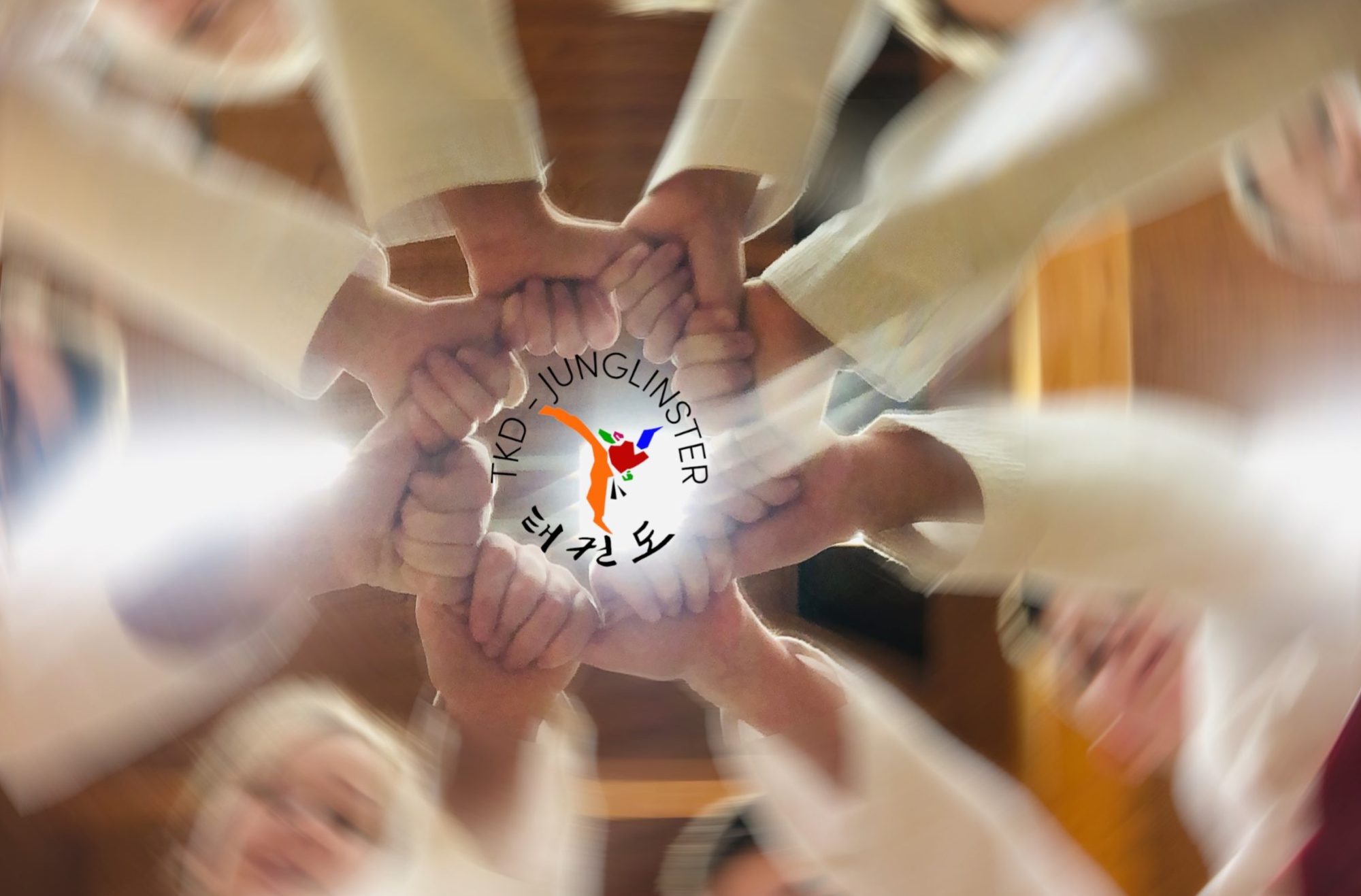Taekwondo, Tae Kwon Do or Taekwon-Do is a very old Korean martial art, constantly developing.
The term TaeKwonDo is composed of the following 3 words:
• Tae – means foot, foot and leg techniques
• Kwon – means fist as well as fist and arm techniques
• Do – means path as well as mind or mental attitude
In principle, Taekwondo should only be used for defense. Although Taekwondo practitioners perform a lot of upper body techniques such as blocking and striking, what differentiates Taekwondo from the rest of the martial arts is its superior kicking techniques (head-height kicks, jumping spinning kicks, and fast kicking techniques). Over 70% of the techniques are performed with the foot or feet. However, depending on age and ability not everyone is expected to have superior kicking skill. Taekwondo is truly for anyone who wants to practice.
TaeKwonDo had many different early forms such as Taekkyon, Subak, and Gwonbeop which evolved into the sport as we know it today.
TaeKwonDo is composed of several training disciplines that are the basis of this martial art:
Poomse: forms, which are a combination of basic actions and movements exercised with an imaginary opponent (shadow fight).
Han-bon-Kyorugi: one-step sparring
Kyorugi: Free sparring
KyokPa: break test
Ho-Sin-Sul: Self Defense
The oldest governing body for Taekwondo is the Korea Taekwondo Association (KTA), formed in 1959 through a collaborative effort by representatives from the nine original kwans, or martial arts schools, in Korea. The main international organizational bodies for taekwondo today are the International Taekwon-Do Federation (ITF) in 1966, and the partnership of the Kukkiwon and World Taekwondo (WT, formerly WTF), founded in 1972 and 1973 respectively by the Korea Taekwondo Association.
Since 2000, TaeKwonDo and Judo have been the only two Asian martial arts to be included in the Olympic Games.

